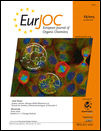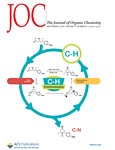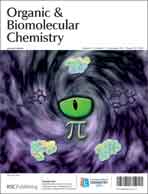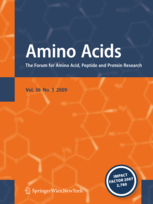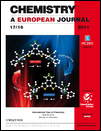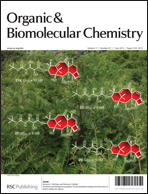 Low-molecular-weight gelators consisting of hybrid cyclobutane-based peptides, by Sergi Celis, Pau Nolis, Ona Illa, Vicenç Branchadell, Rosa M. Ortuño, Organic & Biomolecular Chemistry 2013, 11, 2839 DOI: 10.1039/c3ob27347d
Low-molecular-weight gelators consisting of hybrid cyclobutane-based peptides, by Sergi Celis, Pau Nolis, Ona Illa, Vicenç Branchadell, Rosa M. Ortuño, Organic & Biomolecular Chemistry 2013, 11, 2839 DOI: 10.1039/c3ob27347dSome hybrid tetrapeptides consisting of (1R,2S)-2-aminocyclobutane-1-carboxylic acid and glycine, β-alanine, or γ-aminobutyric acid (GABA) joined in alternation, compounds 1–3, respectively, have been investigated to gain information on the non-covalent interactions responsible for their self-assembly to form ordered aggregates, as well as on parameters such as their morphology and size. All three peptides formed nice gels in many organic solvents and significant difference in their behaviour was not observed. Continue reading Gelation process followed by NMR
